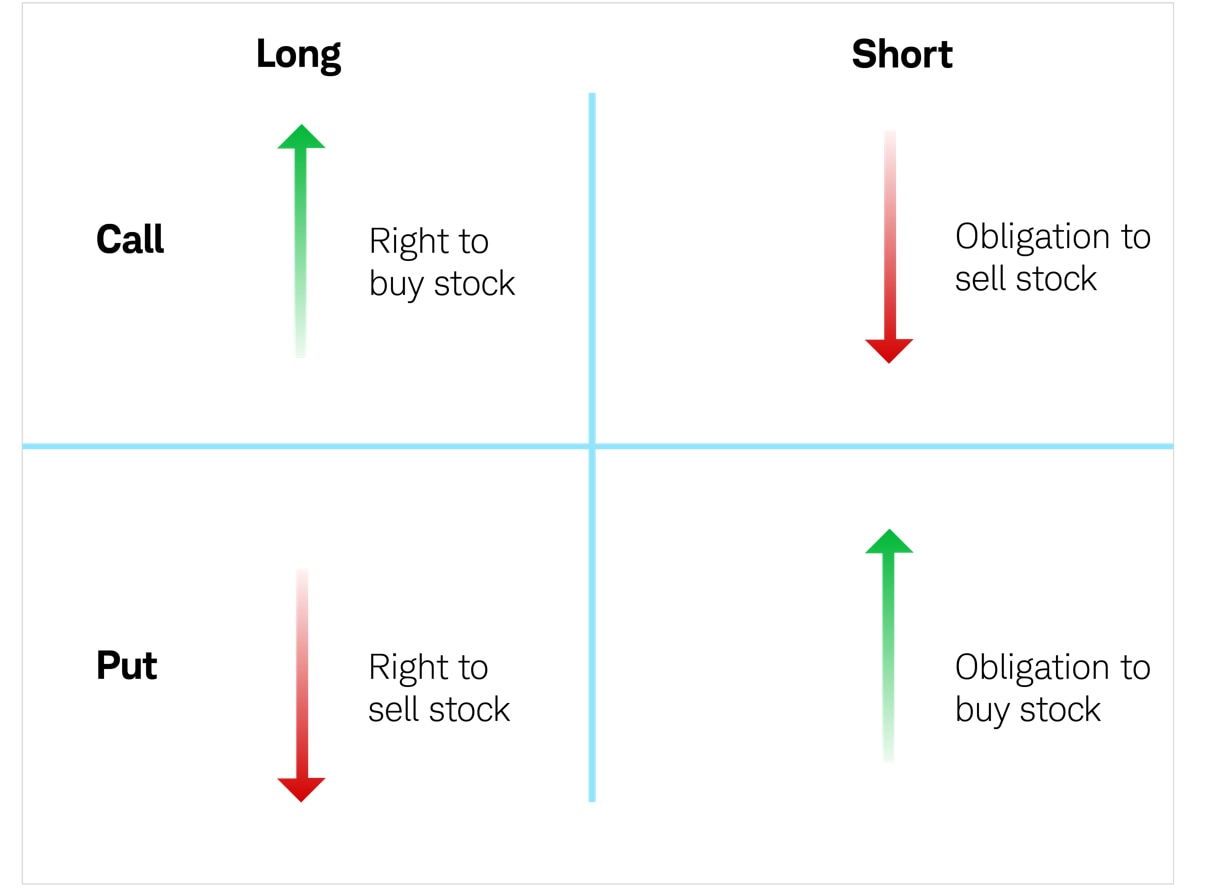Options trading, while lucrative, can be a treacherous landscape, especially when approaching the crucial expiration date. Understanding the intricacies of options at expiration is paramount to navigating this market successfully. This comprehensive guide will delve into the intricacies of options trading at expiration, providing invaluable guidance for informed decision-making.

Image: www.schwab.com
The Significance of Expiration
Options, financial instruments that derive their value from underlying assets, come with predefined expiration dates. At this critical juncture, options either expire worthless or are exercised, conferring rights and obligations on their holders. Options trading at expiration is a complex interplay of market dynamics, investor strategies, and risk management techniques.
Understanding Options Types at Expiration
Long Options:
- Calls: Grant the buyer the right to buy the underlying asset at the strike price on or before expiration. If the underlying asset price exceeds the strike price, the option holder can exercise their right to purchase, potentially profiting from the price differential.
- Puts: Provide the buyer with the right to sell the underlying asset at the strike price on or before expiration. When the underlying asset price falls below the strike price, the option holder can exercise their right to sell, capturing the loss in value.
Short Options:
- Short Calls: Obligate the seller to sell the underlying asset to the buyer at the strike price on or before expiration. If the underlying asset price surpasses the strike price, the short call seller must deliver the asset, potentially incurring losses.
- Short Puts: Require the seller to purchase the underlying asset from the buyer at the strike price on or before expiration. When the underlying asset price dips below the strike price, the short put seller is obligated to buy, facing potential losses.
Navigating Expiration: Strategies and Considerations
- Expiration Day Game Plan: Determine your course of action for each option contract held. Consider factors such as the underlying asset price, time value, and market sentiment.
- Monitoring Underlying Asset Price: Track the underlying asset price relentlessly to gauge its proximity to the strike price. This information will be crucial for making sound trading decisions.
- Time Value Decay: As expiration approaches, time value diminishes rapidly. This decay accelerates in the final days before expiration. Factor in time decay when assessing option profitability.
- Implied Volatility: Implied volatility, the market’s perception of future price fluctuations, plays a significant role in option pricing. Monitor implied volatility levels to anticipate potential price movements.
- Trading Fees: Consider trading fees associated with closing or exercising options before expiration. These costs can impact overall profitability.
- Risk Management: Implement prudent risk management strategies to mitigate potential losses. Strategies such as stop-loss orders and hedging can help reduce risk exposure.

Image: www.studypool.com
Expert Advice and Tips
- Avoid Impulsivity: Avoid making hasty decisions based solely on emotions. Conduct thorough analysis and research before taking action at expiration.
- Study Historical Data: Review historical data on options expiring at or near the money to gain insights into potential profit or loss scenarios.
- Consider Probabilities: Assess the likelihood of the underlying asset price reaching or exceeding the strike price on expiration. Make informed decisions based on probabilities rather than hopes.
- Follow the Market: Stay abreast of market news, events, and economic indicators that may influence the underlying asset price before expiration.
- Seek Professional Advice: If needed, consult a qualified financial advisor to gain expert guidance and tailor strategies to your specific circumstances.
Frequently Asked Questions on Options Expiration
Q: What happens to an option at expiration if it’s in the money?
A: In-the-money options can be exercised to purchase (for calls) or sell (for puts) the underlying asset at the strike price.
Q: What happens to an option at expiration if it’s out of the money?
A: Out-of-the-money options expire worthless, meaning they have no intrinsic value.
Q: Can I exercise my options early before expiration?
A: Yes, you can exercise your options at any time before expiration. However, doing so may lead to loss of potential time value gains.
Trading Options At Expiratio

Image: brjavocats.com
Conclusion
Options trading at expiration requires a thorough understanding of market dynamics, option types, and risk management strategies. By following the principles outlined in this guide, you can enhance your decision-making process and navigate the intricacies of this market with greater confidence.
Ask yourself: Are you ready to harness the power of options trading at expiration? If so, delve into the world of options and unlock the potential for substantial returns, all while being fully aware of the inherent risks.






